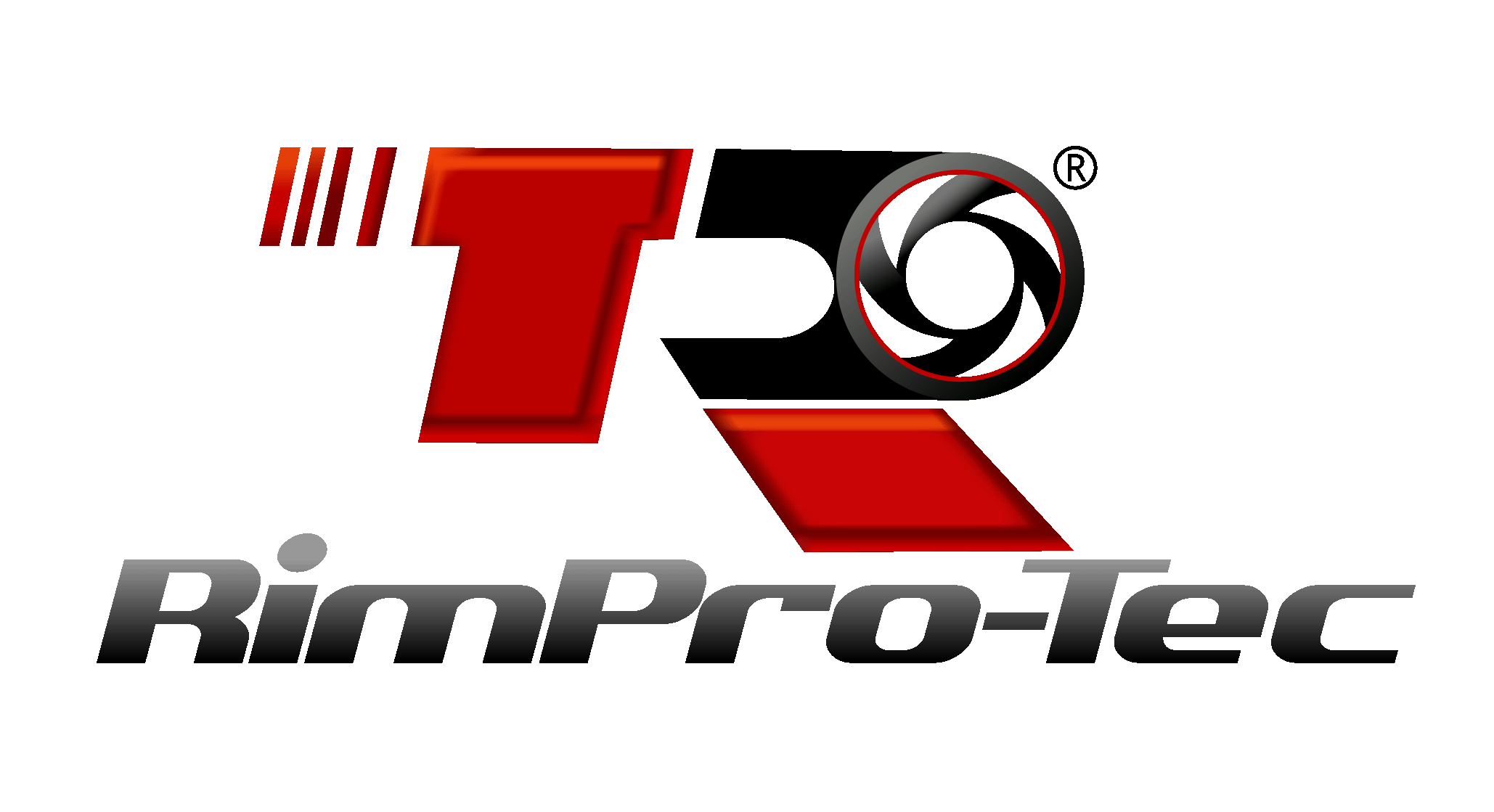
Tips for Buying a Used Car: What to Look For
Buying a used car can be a smart financial decision, offering great value for money compared to purchasing a brand-new vehicle. However, it can also be fraught with potential pitfalls. To ensure you get a reliable and suitable car, it's crucial to conduct thorough research and inspections. Here’s an in-depth guide on what to look for when buying a used car.
1. Set Your Budget
Before you start looking at cars, determine your budget. Consider not only the purchase price but also additional costs such as insurance, taxes, registration, and potential maintenance and repairs. It's wise to have a flexible budget that allows for unexpected expenses.
2. Do Your Research
Research is key to making an informed decision. Look into various makes and models that fit your budget and needs. Pay attention to factors such as fuel efficiency, reliability, maintenance costs, and resale value. Websites like Kelley Blue Book, Edmunds, and Consumer Reports provide valuable insights and reviews.
3. Find a Reliable Seller
Choose a reputable seller, whether it's a dealership, a certified pre-owned program, or a private seller. Dealerships often provide certified pre-owned vehicles that have been thoroughly inspected and come with warranties. Private sellers might offer better prices, but the risk is higher. Always check the seller's reviews and ratings if available.
4. Check the Vehicle History Report
Obtain a vehicle history report using services like Carfax or AutoCheck. This report provides crucial information about the car’s past, including:
- Previous owners
- Accident history
- Service records
- Title status
- Odometer readings
A clean history report can give you peace of mind, while any red flags should prompt further investigation or a decision to walk away.
5. Inspect the Car Thoroughly
A detailed inspection is essential to avoid any hidden issues. Here are key areas to focus on:
- Exterior: Look for signs of rust, dents, scratches, and mismatched paint. Check that all lights and signals work properly.
- Interior: Inspect the seats, dashboard, and upholstery for wear and tear. Test all electronics, including the air conditioning, heating, radio, and navigation system.
- Tires: Check for even tire wear and tread depth. Uneven wear could indicate alignment issues.
- Under the Hood: Examine the engine for leaks, corrosion, and cracked hoses. Check the oil and transmission fluid levels and condition.
6. Test Drive the Car
A test drive can reveal a lot about the car’s condition. Pay attention to the following:
- Starting the Engine: It should start smoothly without unusual noises.
- Braking: Test the brakes at different speeds to ensure they are responsive and don’t make any strange noises.
- Steering and Handling: The car should drive straight without pulling to one side. The steering should be smooth and not too loose or tight.
- Suspension: Drive over bumps and rough roads to test the suspension. There should be no excessive bouncing or strange noises.
- Transmission: The car should shift gears smoothly without hesitation or noise.
7. Get a Professional Inspection
Even if you feel confident in your inspection skills, it’s a good idea to have the car checked by a professional mechanic. They can identify issues that you might have missed and give you an unbiased assessment of the car’s condition.
8. Negotiate the Price
Once you’ve decided on a car, use your research and the findings from the inspection to negotiate a fair price. Be prepared to walk away if the seller isn’t willing to meet your offer, especially if you’ve identified issues that weren’t disclosed initially.
9. Check the Paperwork
Ensure all paperwork is in order before finalizing the purchase. This includes:
- Title: Verify that the seller has a clear title with no liens.
- Bill of Sale: A document that outlines the terms of the sale.
- Warranty Documents: If applicable, get all warranty information.
- Maintenance Records: Any available service records can give you insight into how well the car was maintained.
10. Finalize the Purchase
Once everything checks out, complete the necessary paperwork to transfer ownership. Make sure to get temporary registration if needed and arrange for car insurance before driving the car home.
Buying a used car requires careful consideration and due diligence. By setting a budget, conducting thorough research, and performing detailed inspections, you can find a reliable vehicle that meets your needs and budget. Always remember to take your time and not rush the process, ensuring that you make an informed and confident purchase.

Leave a comment
Your email address will not be published.